
The Future of Blockchain Technology in 2025 and Beyond
The Future Blockchain technology is currently underpinning nearly every trendy digital currency and financial investment that you’ve heard of – any many that haven’t yet come across your desk. Originally touted as the backbone of Bitcoin, blockchain is a digital ledger technology that stores data via decentralized, secured, and transparent nodes across the world.
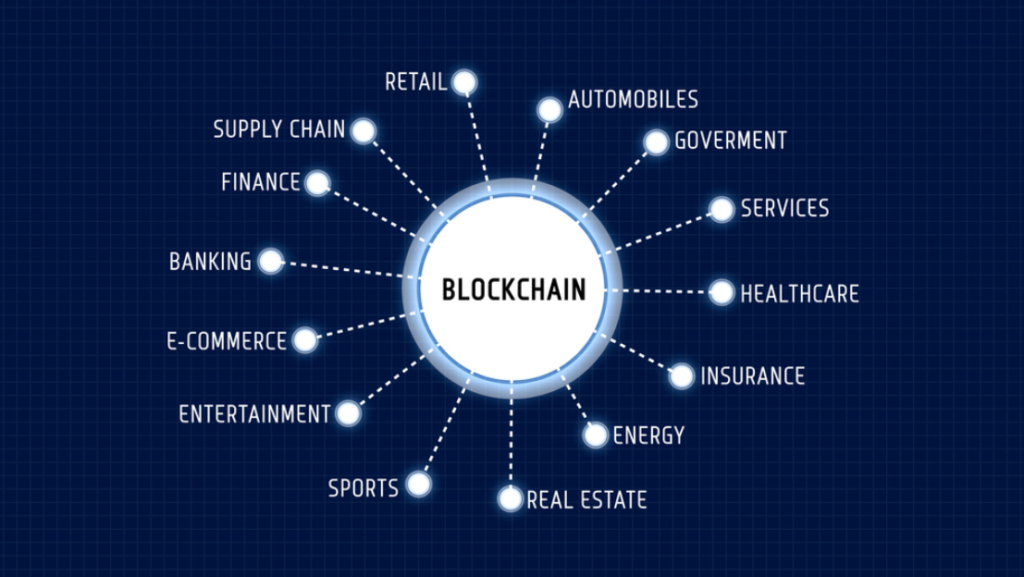
Now, with the fervor of Bitcoin and cryptocurrency fading from industry consciousness, blockchain technology is finding roots in other industries. According to Gartner, the business value contributed by blockchain is expected to surge to over $360 billion by 2026 and surpass $3.1 trillion by 2030.
World Economic Forum, up to 10 percent of global GDP could be stored on blockchains by 2025. These forecasts reveal the significant growth and potential impact of blockchain technology in the forthcoming decades.
This blog aims to explore key predictions and trends for blockchain technology in 2025 and beyond. We will dive into how it will continue to evolve and influence sectors, driving innovation and operational efficiency.
The current state of blockchain technology by sector
Currently, the financial sector is the natural leader in adoption of blockchain technology. Blockchain’s ability to create a secure and transparent ledger of transactions has made it a promising solution for sensitive financial transactions. Some major adoptions of blockchain technology in the financial sector are global payments, cryptocurrencies, smart contracts, trade. Another surprising leader in blockchain adoption in the financial sector? The SEC and other legal regulatory companies.

Due to it’s transparency, non-manipulation technology, and clear historical data, blockchain is underpinning massive anti-money laundering and fraud prevention initiatives.
The global blockchain finance market size was evaluated at $8.1 billion in 2023 and is slated to hit $80.02 billion by the end of 2032, with a CAGR of nearly 28.98 percent between 2024 and 2032. North America, which accounted for nearly 77 percent of the global blockchain finance market earnings in 2023, is predicted to be a dominate player in the coming decade.
Healthcare sector
Blockchain is used in healthcare for nearly everything. This distributed ledger technology facilitates the secure transfer of patient medical records, strengthens healthcare data defenses, manages the medicine supply chain, and helps healthcare researchers unlock genetic code.
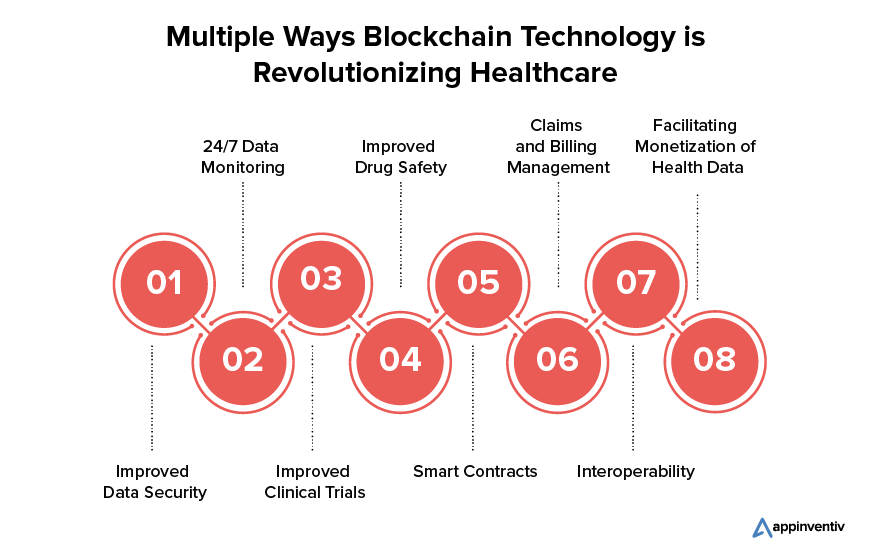
The global blockchain technology in healthcare market size was estimated at USD 7.04 billion in 2023 and is expected to grow at a CAGR of 63.3 percent from 2024 to 2030. North America accounted for 32.3 percent of the global blockchain technology in the healthcare market in 2023. By country, the U.S. is projected to lead the global market in terms of revenue in 2030. This is due to significant technological advancements, the presence of key industry players, and the need for a robust healthcare infrastructure.
Agricultural sector
The use of blockchain in the agricultural sector ranges from creating a sustainable business and reducing waste to informed consumer purchasing decisions and smooth future transactions with fraud elimination.
Subscribe to our bi-weekly newsletter
Get the latest trends, insights, and strategies delivered straight to your inbox.
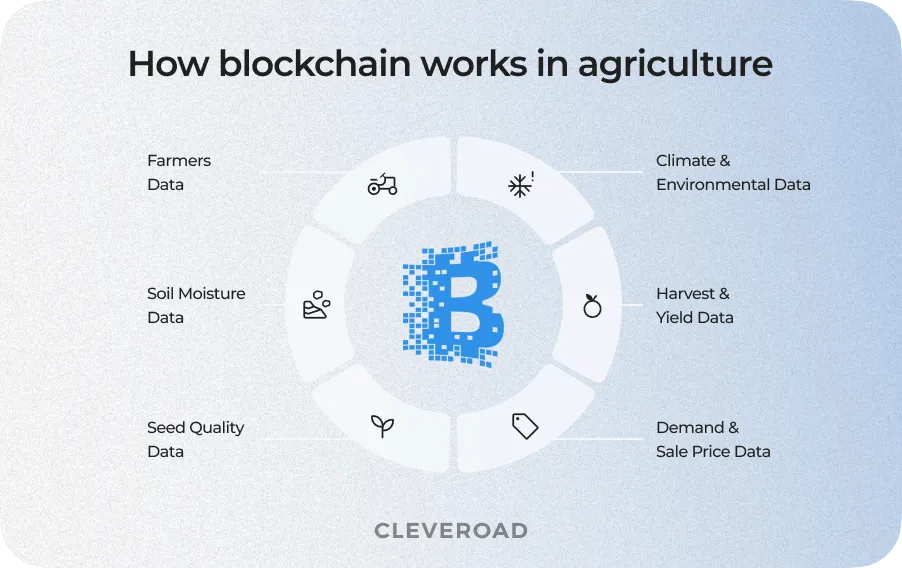
As per data bridge market research analyses the blockchain market in agriculture is expected to reach USD 241.46 million by 2030, up from USD 172.41 million in 2022, registering a CAGR of 4.30 percent from 2023 to 2030. North America dominates the blockchain in agriculture market due to the strong presence of major regional companies. However, Asia-Pacific is anticipated to be the fastest-growing region in blockchain in the agriculture market during the forecast period of 2023-2030 because of numerous investments made by various stakeholders and the increasing government support.
Manufacturing sector
In the manufacturing industry, blockchain allows manufacturers to trace the origin of each component, reducing the time taken to identify and resolve any production issues. Manufacturers can prevent counterfeit components from entering the supply chain by ensuring that only trusted participants are allowed in the network.
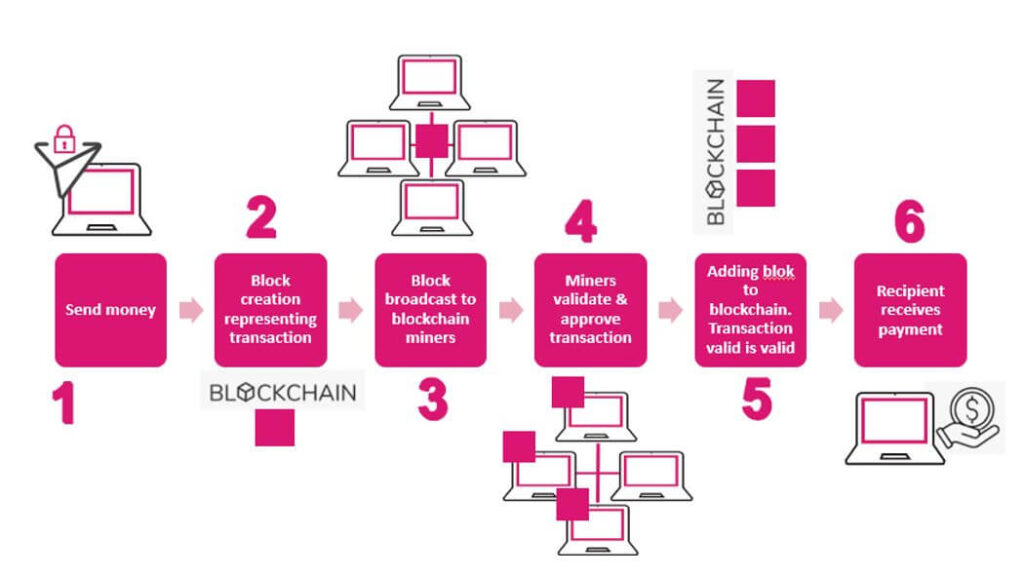
As more industries recognize the importance of supply chain transparency, the adoption of blockchain is expected to grow in this sector. The global blockchain in manufacturing market size was valued at USD 101.10 million in 2023. It is estimated to reach USD 12,511.98 million by 2032, growing at a CAGR of 70.9% during the forecast period (2024–2032). Whereas in the US alone, blockchain in the manufacturing sector will be a $600m market by 2025.
Predictions for blockchain technology in 2025
The escalating demand for secure and transparent transactions is a significant driver behind the growth of the blockchain technology market. In an era where digital transactions are becoming the norm, blockchain offers an unmatched level of security by using cryptography to secure data, making it virtually tamper-proof.
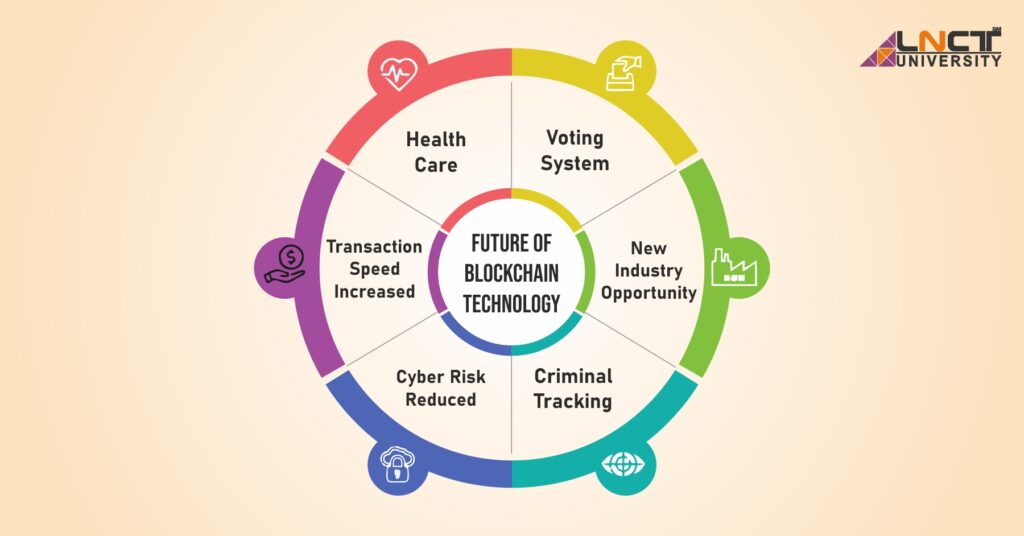
This technology enables the direct transfer of assets without the need for intermediaries, reducing the risk of fraud and errors. As businesses and individuals increasingly prioritize security in their digital interactions, the adoption of blockchain technology is expected to rise, fueling market growth.
Another clear sector where blockchain will grow in 2025 is the governmental sector. The technology provides various benefits, such as proper and secure storage of government data, reduction of labor-intensive processes, reduction of excessive costs associated with managing accountability, reduced potential for corruption and abuse, and increased trust in government and online civil systems. All these factors are escalating the growth of the blockchain in the government industry.
Scalability and interoperability improvements of blockchain
Blockchain technology is expected to skyrocket in scalability and interoperability in 2025 and beyond. Already a major issue in financial applications, transaction limits congest services. To open up access and ensure even operability, bitcoin is developing two major solutions including sharding and sidechains.
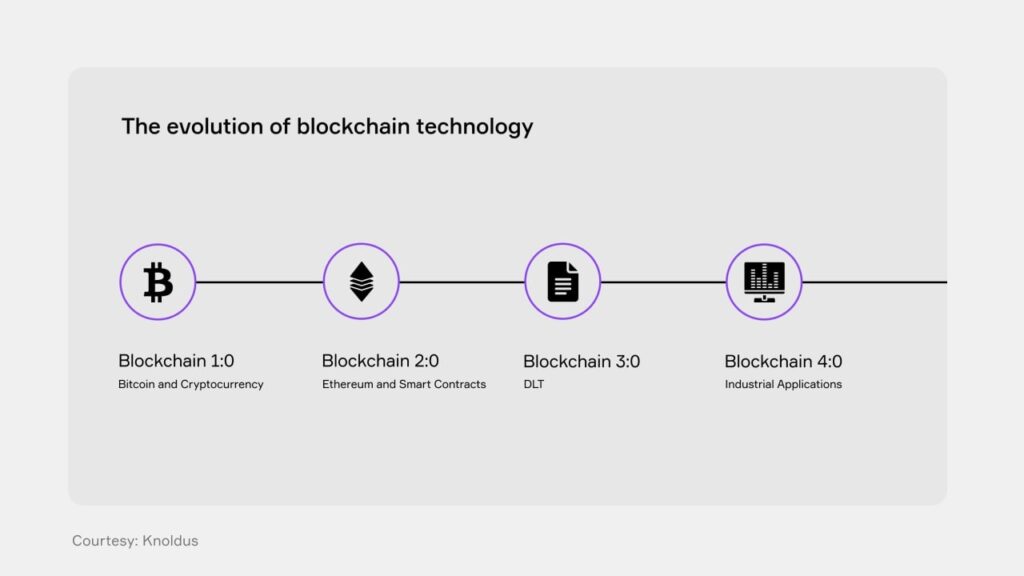
Sharding divides the blockchain network into smaller, more manageable pieces that processes transactions independently, which significantly increases the network’s throughput. Sidechains are separate blockchain networks that run parallel to the main blockchain for offloading specific transactions or tasks from the main network, thus reducing the burden on the primary chain and increasing its capacity.
Interoperability refers to the ability of different blockchain networks to communicate and share data with each other. Currently, many blockchains operate in isolation, which limits their usefulness for cross-platform applications and stalls the progress toward decentralization. To solve the issue, blockchain devs are working on standardization in communication, frameworks, and transfers.
Blockchain in Web 3.0
As we look toward Web 3.0 and the future of the internet at large, expect blockchain to take on the largest technological lift toward user empowerment and transparency.

Blockchain’s decentralized ledger enables a trustless and permissionless environment, which is key to the vision of Web 3.0. In Web 3.0, individuals will have direct ownership of their digital identities, assets, and data, removing the need for centralized platforms like Facebook or Google to manage these resources.
Similarly, as AI and IoT devices refine their processes, blockchain technology offers a verifiable and scalable solution to data storage and transfer. Blockchain’s decentralized network can securely track, validate, and store IoT data, while also providing a transparent system for device communication, improving trust in IoT ecosystems.
Decentralized applications (dApps)
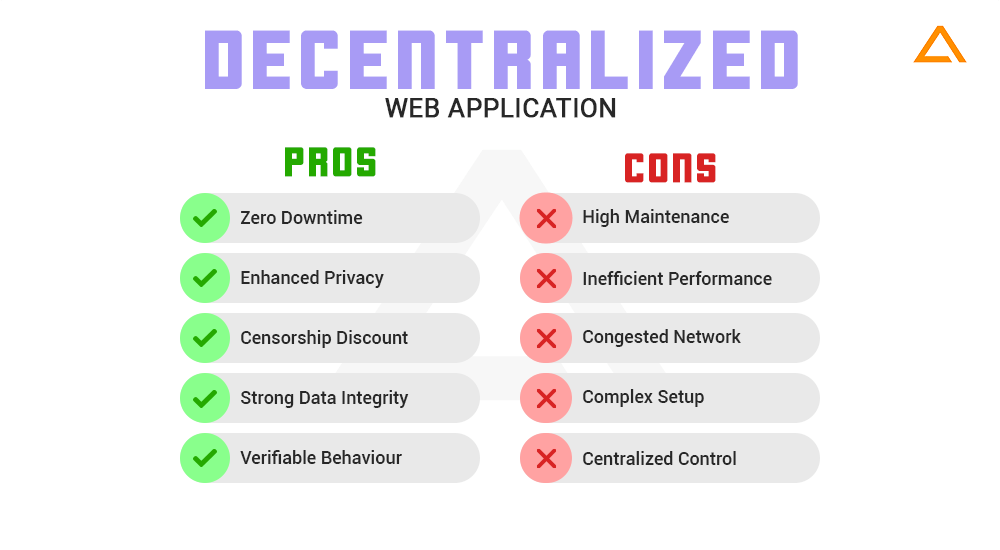
dApps are applications built on blockchain technology that operate without a central team of authority. Currently, the majority of dApps are financial lending services, NFT/crypto, and gaming apps. Much like the ideals of Web 3.0, dApps want to remove third-party control over users actions, interactions, and data and give full, autonomous control to users of the platform. The challenge, of course, of dApps comes in the form of creative control, compliance, and ethical development.
In brief
The future of blockchain technology is promising due to its potential to reshape industries, enhance security, reduce fraud, and promote transparency. As it continues to evolve and find new applications, blockchain is likely to play an increasingly significant role in our digital world, making it a defining technology of the future